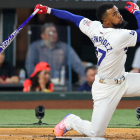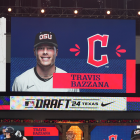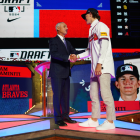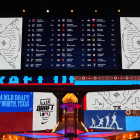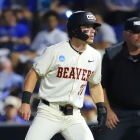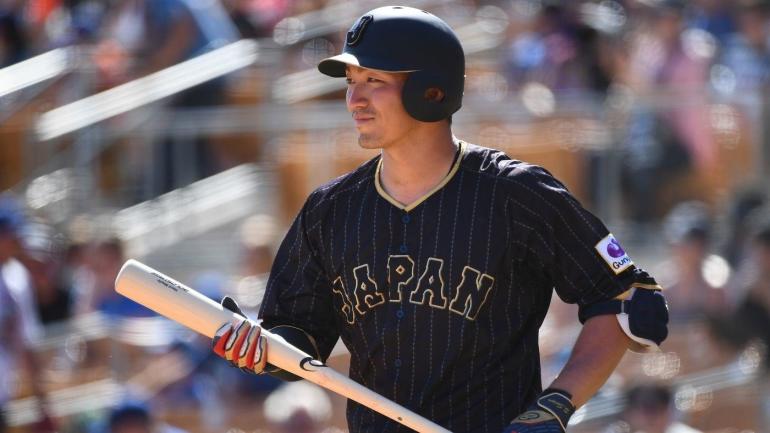
Major League Baseball has informed teams that Hiroshima Toyo Carp outfielder Seiya Suzuki will be "posted" on Monday morning, according to MLB Network's Jon Heyman.
Teams will then have until 5 p.m. ET on December 22 to sign Suzuki, with the Carp receiving financial compensation based on the contract's total value. (If the owners lock out the players when the Collective Bargaining Agreement expires on December 1, as they are expected to, then Suzuki's window would likely "freeze," according to The Athletic's Andrew Baggarly.)
As with many of MLB's other mechanisms, the "posting" system can appear to be a labyrinthine mess to casual followers. We here at CBS Sports decided it would be helpful, then, to break down this news into more malleable chunks. Below, you'll find five answers to obvious questions about Suzuki's posting, including what comes next and what kind of player his next employer will be getting.
Now, on to the good stuff.
1. What does it mean to be "posted"?
To borrow terminology from the college sports realm, the posting system is essentially a transfer portal. Once a player is submitted by their NPB team, MLB teams then have 30 days to reach an agreement with that player. Should no deal be reached, either because MLB teams didn't have interest or the player didn't like their offers, the player remains with their NPB team. It's worth noting that not every player who comes over from Japan has to go through the posting system; most do, however.
2. How good is Suzuki?
Suzuki is a high-quality player. CBS Sports recently ranked him as the 15th best free agent available this winter. Here's what we wrote at the time:
Seiya Suzuki is expected to be submitted through the posting system by the Hiroshima Carp once the Japan Series concludes in late November. He's a five-time All-Star in Nippon Professional Baseball with a career .315/.415/.571 slash line who boasts a well-rounded game. In addition to posting above-average exit velocities, he's walked more than he's struck out in two of the past three years. (In 2020, the exception, he finished with one fewer walk than strikeout.) Suzuki also has a high-grade arm that should allow him to make an impact on defense. The one blemish in his game is that he's not a particularly skilled base stealer. Teams will gladly overlook that.
Suzuki's placement ranked him third among outfielders, behind only Starling Marte and Nick Castellanos.
3. Will Suzuki have to settle for a pittance?
You might wonder if Suzuki's free agency will play out the way Shohei Ohtani's did a few winters ago, wherein teams couldn't offer him more than what remained in their international free-agent bonus pools. The answer is no.
Those wage-suppressing rules apply only to players that MLB deems "amateurs" based on two qualifications: they're younger than 25 years old and they haven't accrued at least six seasons of professional baseball in a league recognized by MLB. Whereas Ohtani was only 23 years old with appearances in parts of five NPB seasons when he came over; Suzuki is 27 with appearances in parts of nine NPB seasons.
As a result, Suzuki will be a "legitimate" free agent with no earning limitations.
4. How much will the Carp receive?
We won't know until Suzuki puts pen to paper on a MLB contract. Under MLB's current agreement with NPB, the player's Japanese team receives financial compensation based on the value of the player's MLB contract. If Suzuki were to sign a contract worth $100 million, the Carp would be in line to receive around $17 million -- or, 20 percent of the first 25 million; plus 17.5 percent of the portion between $25 million and $50 million; plus 15 percent of the portion exceeding $50 million.
5. Which teams make sense for Suzuki?
Most teams could use an outfielder like Suzuki. Three of the teams who figure to have the most interest in Suzuki (as well as a realistic chance of signing him) include the Seattle Mariners, Texas Rangers, and San Francisco Giants.











